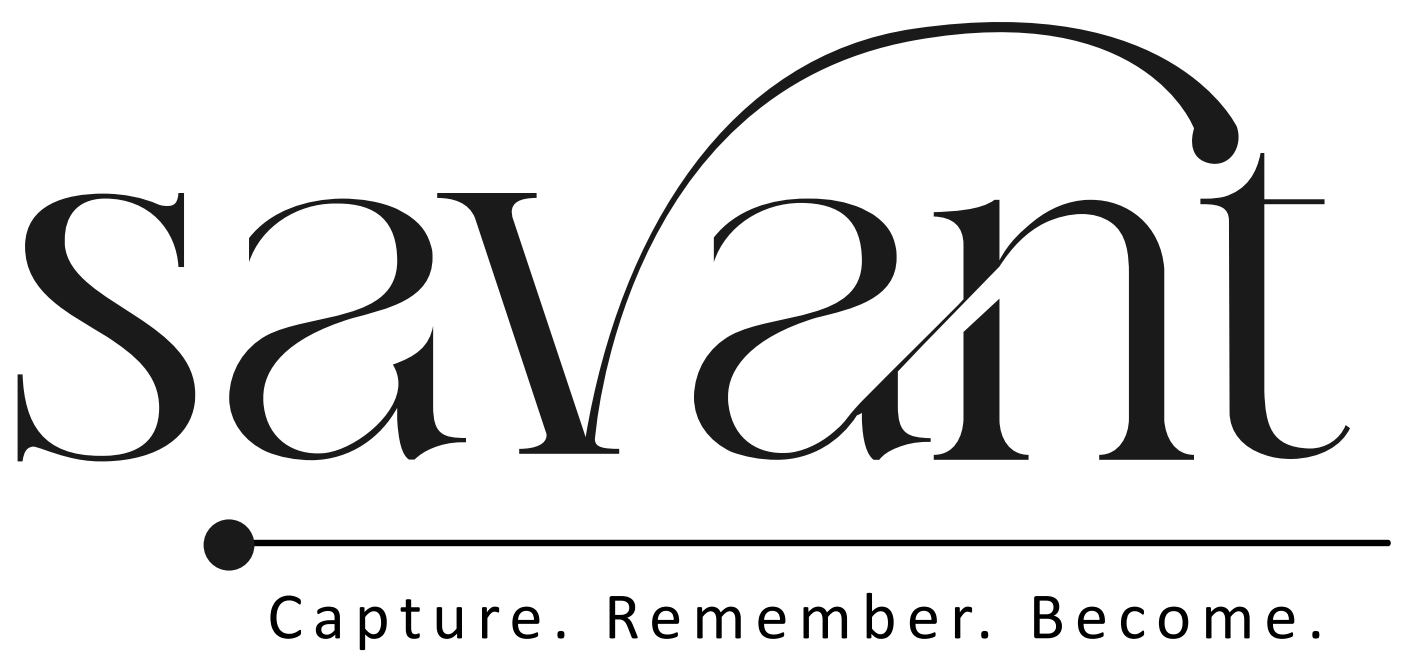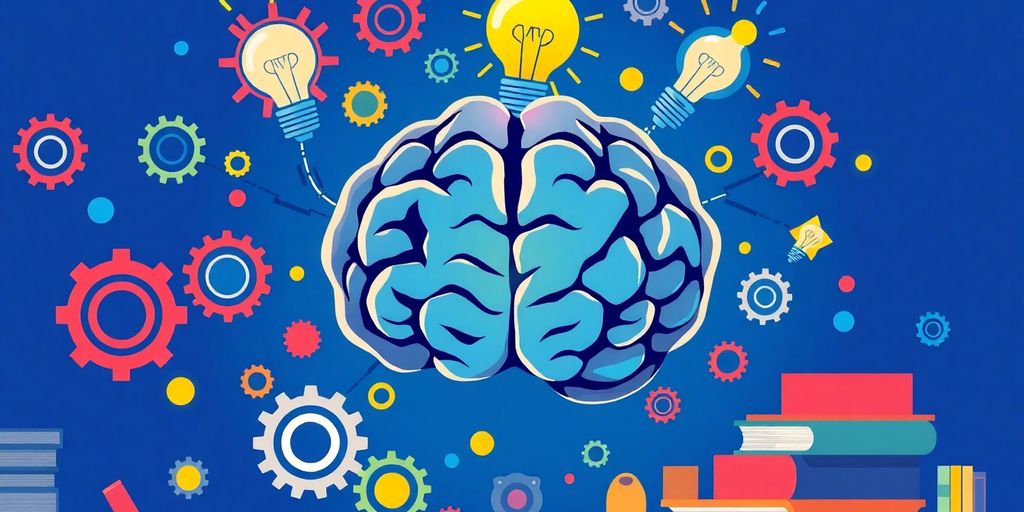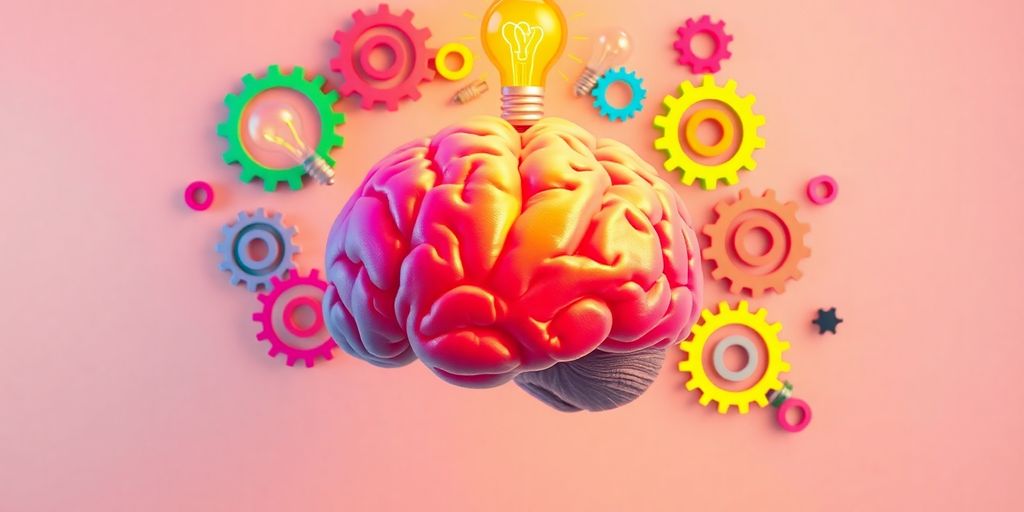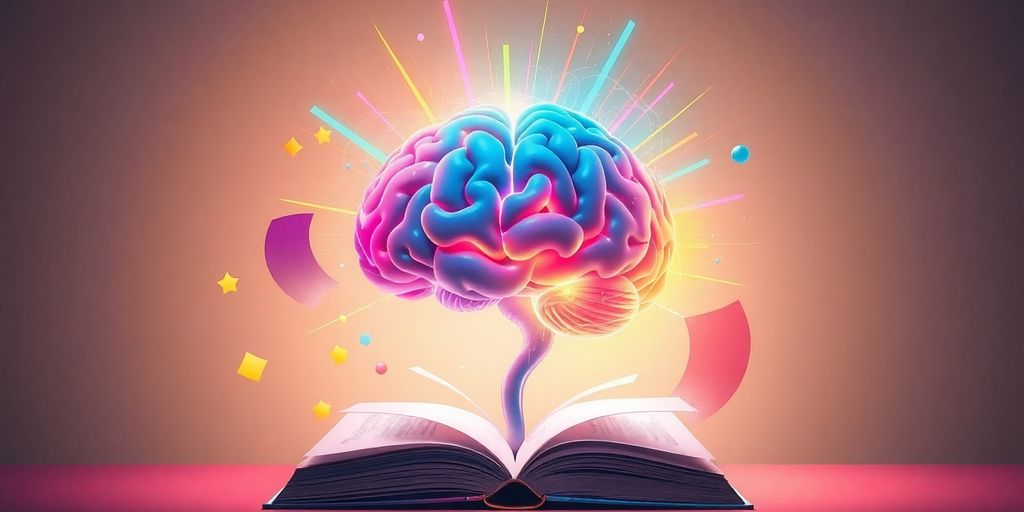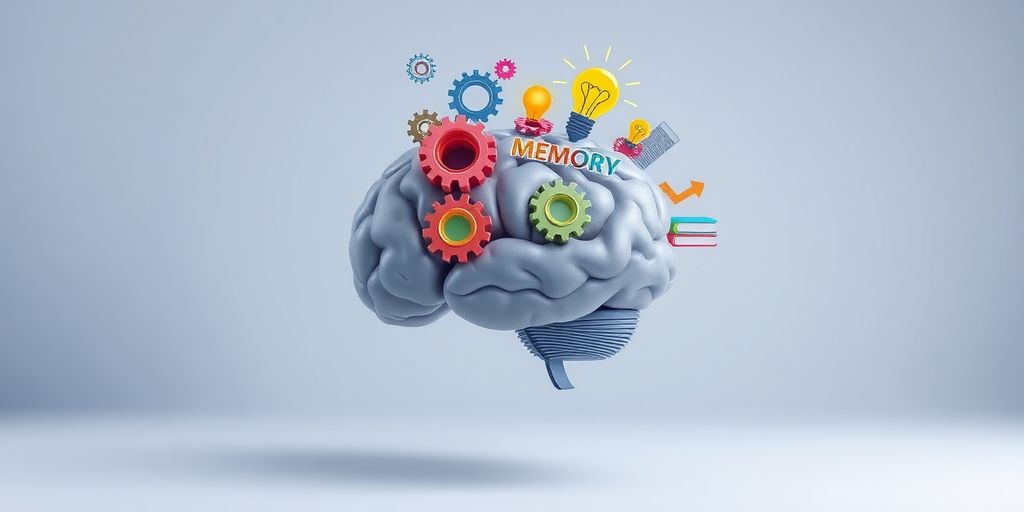Ever find yourself forgetting where you left your keys or the name of that person you just met? You’re not alone. Memory can be a tricky thing, but there are ways to give it a boost. In this article, we’re diving into ten strategies that might just help you remember things a bit better. From quirky tricks like the Memory Palace to good old exercise, there’s something here for everyone. So, if you’re ready to try something new and maybe even have a little fun along the way, keep reading. Let’s see if we can help you enhance your memory today.
Key Takeaways
- Memory Palace helps you visualize and remember information by placing it in a familiar mental space.
- Peg System uses rhymes or numbers to help you recall lists or sequences.
- Mnemonics are creative shortcuts that make remembering easier, like acronyms or catchy phrases.
- Visualization Techniques involve imagining vivid images to reinforce memory.
- Mind Mapping uses diagrams to organize information visually, making it easier to see connections.
1. Memory Palace
Ever heard of the Memory Palace before? It’s a super cool technique that people have been using for centuries to remember stuff. Basically, you imagine a place you know really well, like your home, and you "store" information you want to remember in different spots around this place. Sounds fun, right?
How It Works
Here’s how you can build your own Memory Palace:
- Pick a Place: Choose a location you know inside and out. Your home is a great start.
- Visualize It: Picture yourself walking through this place. Make it as detailed as possible.
- Place Your Information: As you walk through, "place" the information you want to remember in specific spots. For instance, if you’re trying to memorize a speech, maybe the intro is on your couch, and the conclusion is at the front door.
- Take a Mental Walk: When you need to recall the info, take a mental stroll through your Memory Palace.
Benefits
- Boosts Memory: By using spatial memory, you can remember complex information more easily.
- Fun and Engaging: It turns memorization into a game, which can make learning less of a chore.
- Versatile: You can use it for anything—from grocery lists to speeches.
Pro Tip: Practice makes perfect. The more you use your Memory Palace, the better you’ll get at it.
And if you’re curious about diving deeper into this technique, there are some great resources out there. Check out these recommended Memory Palace books to really get the hang of it!
2. Peg System
Ever tried remembering a long list of numbers or a sequence of items and felt like your brain just gave up? The Peg System might be the trick you need. It’s a neat little memory technique that helps you link numbers with words or images, making it easier to recall them later.
So, how does it work? Here’s the lowdown:
- Assign Peg Words: Start by associating numbers with words or images that rhyme or resemble the numbers. For instance, think of "1" as a "bun," "2" as a "shoe," and so on.
- Create Associations: When you need to remember a number, link it to its peg word or image. For example, if you need to remember "21," imagine a bun inside a shoe.
- Visualize: The key here is to make the associations vivid. Picture them in your mind’s eye, like a mini-movie playing out.
This method is super handy for memorizing long sequences of numbers, like phone numbers, dates, or even those pesky math formulas.
"By turning numbers into a story, the Peg System transforms abstract digits into something your brain can latch onto."
If you’re curious about diving deeper into this technique, you might want to explore more about the peg-word system and see how it can change your memory game. Give it a try next time you’re faced with a string of numbers, and watch your recall improve!
3. Mnemonics
Mnemonics are like little mental shortcuts that help you remember stuff. Think of them as clever tricks for your brain. They can be rhymes, acronyms, or even silly sentences. Mnemonics make learning fun and memorable.
Popular Mnemonic Techniques
- Acronyms: Create a word using the first letters of a series of words you need to remember. For instance, "HOMES" can help you recall the Great Lakes: Huron, Ontario, Michigan, Erie, and Superior.
- Rhymes: Make up catchy rhymes to remember facts. Like, "Thirty days hath September, April, June, and November," to recall the months with 30 days.
- Chunking: Break down big chunks of information into smaller, more manageable pieces. This is handy for remembering phone numbers or dates. Instead of trying to memorize 1234567890, you can chunk it into 123-456-7890.
Mnemonics aren’t just about memorizing; they’re about making connections with what you already know. It’s like building a bridge from the familiar to the new.
To get the most out of mnemonics, try experimenting with different types and see which one clicks for you. Remember, the sillier or more vivid, the better! This technique is all about finding what sticks in your mind.
And if you’re curious about more advanced memory techniques, you might want to explore the method of loci, which uses visualization to enhance memory.
4. Visualization Techniques
Visualization techniques can be a game-changer for boosting memory. These methods tap into our brain’s natural ability to remember images and patterns. Let’s dive into some effective strategies that you can start using today.
Create Vivid Mental Images
Creating vivid images in your mind can make information stick better. When you visualize, try to make the images as detailed and colorful as possible. Imagine you’re trying to remember a shopping list: picture a giant loaf of bread, a bright red apple, and a huge jug of milk. The more exaggerated and vivid, the easier it’ll be to recall.
Storytelling
Linking information together in a story can also help. Let’s say you need to remember a sequence of tasks: imagine a quirky story where each task is a character in a plot. This narrative technique makes the sequence more memorable.
Mind Mapping
Mind mapping is another powerful tool. It involves creating a diagram that visually organizes information. You start with a central idea and branch out into related topics. This can help you see connections and remember complex information. For example, when planning a project, a mind map can lay out all the tasks and how they interconnect.
"Visualization is not just about seeing with your eyes closed. It’s about creating a mental landscape where information can roam freely and settle into memory."
Use of Colors and Shapes
Colors and shapes can also enhance memory. Consider using different colors to highlight key points when taking notes. This technique not only makes your notes more engaging but also helps in enhancing visualization and retention of information.
Practice Regularly
Like any skill, visualization techniques improve with practice. Spend a few minutes each day visualizing something new or reviewing past visualizations. Over time, you’ll find it easier to create and recall vivid images.
By incorporating these visualization techniques into your routine, you can make remembering things a lot more manageable and even fun. Give it a try and see how your memory starts to improve!
5. Mind Mapping
Mind mapping is like giving your brain a visual playground. It’s a way to capture ideas and show how they connect, turning chaos into clarity. Imagine starting with a central idea and branching out like a tree, each branch representing a subtopic or related thought. This method taps into your brain’s natural ability to see patterns and relationships, making it easier to remember and understand complex stuff.
Why Use Mind Mapping?
- Visual Learners’ Best Friend: Mind maps are great for those who think in pictures. They help you see the connections between ideas, which can make learning more intuitive.
- Organize Information: Instead of a long list of bullet points, mind maps offer a structured way to display information, making it easier to digest.
- Boost Creativity: The open-ended nature of mind maps encourages you to explore new ideas and connections you might not have considered.
How to Create a Mind Map
- Start with a central idea or topic in the middle of your page.
- Draw branches from the central idea to subtopics or related concepts.
- Use single words or short phrases for each branch to keep it simple and clear.
- Incorporate symbols or images to make your map more engaging and memorable. Incorporating symbols and images can significantly enhance memory recall.
- Keep expanding your map by adding more branches and details as needed.
"Mind mapping is a fun and dynamic way to visualize your thoughts. It transforms abstract ideas into tangible connections, making the learning process more engaging and effective."
Whether you’re planning a project, studying for an exam, or brainstorming new ideas, mind mapping is a versatile tool that can help organize your thoughts and improve your memory. Give it a shot and see how it can change the way you think!
6. Spaced Repetition

Spaced repetition is like your brain’s best friend when it comes to remembering stuff long-term. Instead of cramming all your study material in one go, you spread it out over time. This technique takes advantage of the psychological spacing effect, which basically means your brain loves to learn in chunks rather than in one big gulp.
How It Works
- Review at Intervals: You review information at gradually increasing intervals. So, maybe you look at a flashcard today, then again in two days, then a week later, and so on.
- Boost Memory Retention: This method is great for improving how well you remember things. It’s like giving your brain little nudges, reminding it to hold on to that info.
- Use Apps: There are tons of apps out there that can help you set up a spaced repetition schedule. They’re super handy for keeping you on track.
By using spaced repetition, you can significantly improve memory retention. This technique is especially useful for students and professionals who need to remember large amounts of information.
Why It Matters
Spaced repetition isn’t just for students cramming for exams. It’s useful for anyone who needs to remember a lot of information, whether you’re learning a new language or trying to memorize facts for work. The key is consistency and sticking to the schedule.
If you’re looking to boost memory retention through active recall and spaced repetition, this technique leverages your brain’s natural ability to remember information more effectively over time. It’s like giving your brain a workout, helping it get stronger at holding onto the things you learn.
7. Active Recall
Active recall is like the secret sauce to better memory. It’s all about pulling information out of your brain rather than just putting it in. This technique really amps up your ability to remember stuff because it forces your brain to work harder, strengthening the memory traces.
How to Practice Active Recall
- Ask Yourself Questions: Instead of just reading your notes, pause and quiz yourself on the material. It’s like having a conversation with your brain.
- Utilize Flashcards: One of the simplest ways to practice active recall is by using flashcards. Write a question on one side and the answer on the other. Flip through them regularly.
- Teach Someone Else: Try explaining the material to a friend or even to yourself in the mirror. Teaching is a great way to figure out what you know and what you need to review.
Benefits of Active Recall
- Improves Retention: By actively retrieving information, you make it easier to remember in the long run.
- Identifies Gaps: It helps you spot what you don’t know, so you can focus your study time more effectively.
- Boosts Confidence: As you see improvement in your recall, your confidence in the subject grows too.
Active recall isn’t just a study hack; it’s a lifestyle change for your brain. Once you get the hang of it, you’ll wonder how you ever studied without it.
Whether you’re prepping for an exam or just trying to remember where you left your keys, active recall is your go-to strategy. Give it a shot, and watch your memory power up!
8. Healthy Diet

Eating right isn’t just about keeping your waistline in check; it’s also about boosting your brainpower. What you eat can have a big impact on your memory. Here’s how you can munch your way to a sharper mind:
Foods That Boost Memory
- Oily Fish: Rich in omega-3 fatty acids, these are like brain food. Think salmon, mackerel, or sardines.
- Blueberries: Packed with antioxidants, these little gems can help delay brain aging and improve memory.
- Walnuts: Not just for squirrels! Walnuts are high in DHA, a type of omega-3 fatty acid linked to improved cognitive performance.
Foods to Avoid
- Sugary Snacks: They might give you a quick boost, but they can also lead to brain fog.
- Processed Foods: Often high in trans fats, which can be harmful to brain health.
- Excessive Salt: Too much can lead to high blood pressure, which is bad news for your brain.
Daily Diet Tips
- Stay Hydrated: Water is essential for brain function. Aim for at least 8 cups a day.
- Balance Your Meals: Include a mix of protein, healthy fats, and carbs.
- Moderation is Key: Enjoy treats but keep them in check to avoid negative effects on memory.
A healthy diet is like a power-up for your brain. It’s not just about eating less junk, but about choosing foods that keep your mind sharp and ready for anything.
By incorporating these top 10 foods into your diet, you’re not just feeding your body, but fueling your brain for better memory and cognitive function. So next time you’re at the grocery store, think about what your brain would want you to buy!
9. Regular Exercise
We all know exercise is good for the body, but did you know it’s a game-changer for your brain too? Regular exercise can boost memory and cognitive functions, making it an essential part of any memory-enhancement strategy.
How Exercise Benefits Your Brain
- Increases Blood Flow: Physical activity pumps more blood to your brain, which means more oxygen and nutrients are delivered where they’re needed most.
- Promotes New Brain Cells: Exercise helps in the creation of new brain cells, especially in the hippocampus, the part of the brain linked to memory.
- Reduces Stress: Engaging in regular workouts can lower stress levels, which is great because stress is a known memory killer.
Types of Exercises to Try
- Aerobic Exercises: These include activities like jogging, swimming, or cycling. They’re excellent for getting your heart rate up and boosting brain health.
- Strength Training: Lifting weights isn’t just for bodybuilders. It’s beneficial for your brain too!
- Yoga and Stretching: These exercises help improve flexibility and reduce stress, contributing to better memory.
"Exercise isn’t just about adding years to your life; it’s about adding life to your years."
Making Exercise a Habit
- Start Small: If you’re new to exercise, begin with short sessions and gradually increase the duration and intensity.
- Find What You Love: Whether it’s dancing, hiking, or playing a sport, find something you enjoy to keep you motivated.
- Consistency is Key: Aim for at least 30 minutes of exercise most days of the week.
Regular exercise isn’t just about keeping fit; it’s a powerful tool to enhance memory and cognitive function. So, lace up those sneakers and get moving!
10. Mindfulness Practices
Mindfulness might sound like a buzzword, but it’s got some serious chops when it comes to boosting your memory. By staying present and fully engaging in the moment, you can actually sharpen your focus and memory. So, how do you get started?
Practicing Mindfulness for Better Focus
Mindfulness is all about being in the here and now. When you practice mindfulness, you can improve your focus, which in turn helps your memory. Try concentrating on your breathing or doing a body scan to relax and clear your mind. This can be especially useful when you need to remember important details.
Breathing Techniques to Improve Memory
Breathing exercises are a simple yet effective way to enhance your memory. Here are a few techniques you can try:
- Deep Breathing: Inhale deeply through your nose, hold for a few seconds, and exhale slowly through your mouth.
- Box Breathing: Inhale for four counts, hold for four counts, exhale for four counts, and hold again for four counts.
- Mindful Breathing: Focus solely on your breath, noticing how it feels as you inhale and exhale.
The Connection Between Stress and Memory
Stress can really mess with your memory. When you’re stressed, your brain releases cortisol, which can block your ability to recall information. To combat this, try to manage your stress through mindfulness practices. Engaging in diverse activities like chess or card games can also help keep your mind sharp and reduce stress.
Remember, improving your memory takes time and practice. By incorporating mindfulness into your daily routine, you can gradually enhance your memory and overall well-being!
Regular meditation enhances memory by strengthening neural pathways, facilitating better information retention and recall. Just a few minutes a day can make a big difference!
Conclusion
So there you have it! Ten fresh ways to give your memory a little boost. Whether you’re trying out a new app, getting more sleep, or just eating more blueberries, every little bit helps. Remember, improving your memory is a journey, not a sprint. It’s all about finding what works for you and sticking with it. So go ahead, give these tips a shot, and see how your memory starts to shine. Who knows? You might just surprise yourself with what you can remember!
Frequently Asked Questions
What is the Memory Palace technique?
The Memory Palace technique involves visualizing a familiar place and associating it with the information you want to remember. This helps you recall details by mentally walking through the location.
How does the Peg System work?
The Peg System uses a list of words or numbers that you know well, called pegs. You link new information to these pegs, making it easier to remember.
What are mnemonics?
Mnemonics are tools like rhymes or acronyms that help you remember information by making it easier to recall.
Why is visualization important for memory?
Visualization helps by creating mental images of information, which makes it easier to remember because our brains process images more effectively.
How can mind mapping help improve memory?
Mind mapping organizes information visually, allowing you to see connections and relationships, which helps in better understanding and recalling information.
What is spaced repetition and why is it effective?
Spaced repetition involves reviewing information at increasing intervals, which helps strengthen your memory by reinforcing the material over time.
